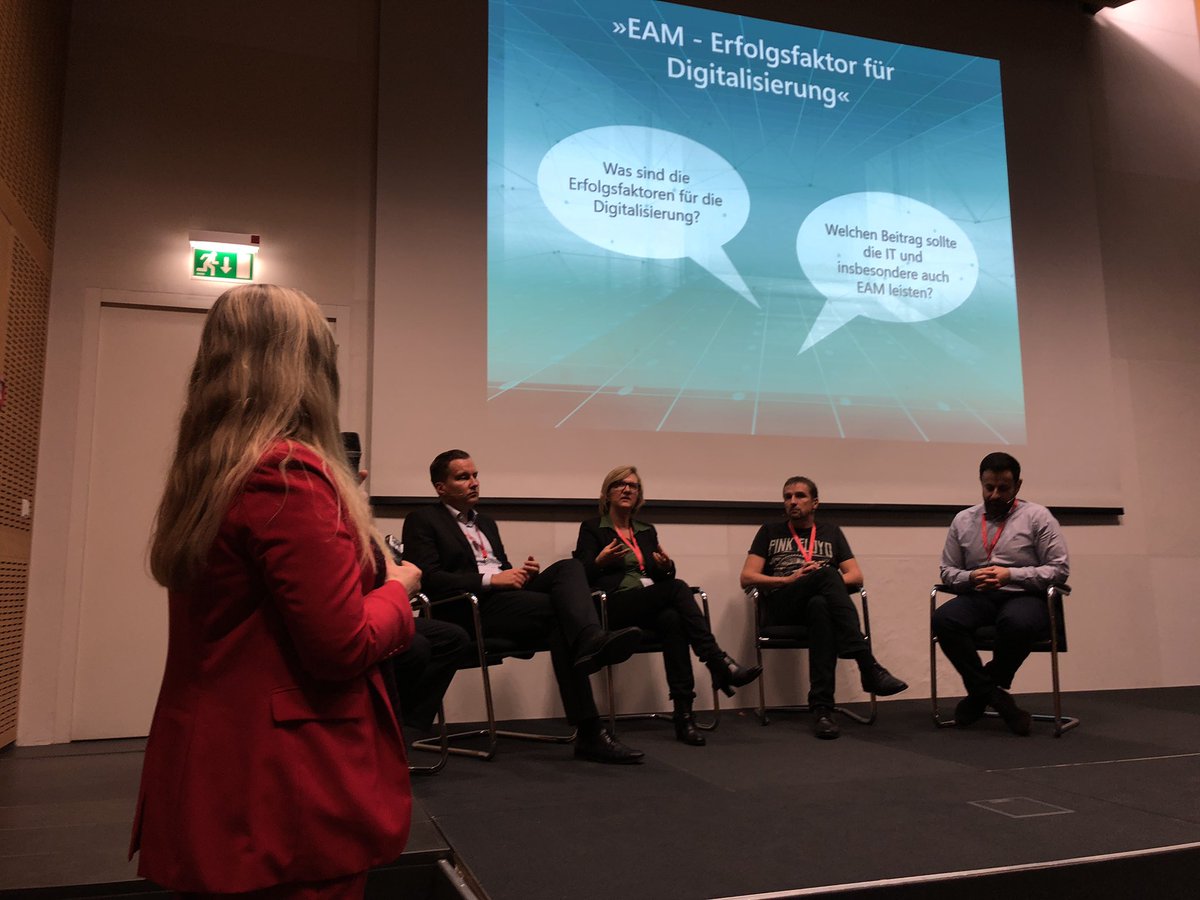AT#22: Digital Transformation: What Companies should learn from ‘Christkindlmarkt’ Vienna

A recent article by an Austrian newspaper stated that the growth in sales of the ‘Christkindlmarkt’ (Christmas Market) Vienna exceeds the turnover growth of online shops by 30%. At the first instant, I was quite surprised by this fact. Why are traditional business models like of the Christkindlmarkt still competitive? Why are companies of the old economy like large banks still around even if not having radically transformed to innovative business models?
In my opinion, the best answer to these questions is given by the German philosopher Odo Marquard . His famous essay “Zukunft braucht Herkunft” (“Future needs Ancestry”) discusses why every innovation must be based on the capabilities that have evolved over centuries. In other words – if you are an elephant even years of training cannot make you a zebra. If you are the Vienna Opera even hundreds of Agile coaches cannot make you Spotify. If you are a big bank even thousands of consultants cannot make you a fintec.
After some contemplation, I asked myself questions like:
- Could it be that we admire companies like Amazon too much?
- Do we live in an age that believes too much in technology and progress?
- Are companies of the old economy aware of their tremendous strengths that still keep them in front of innovative startups like fintechs?
- Is the hype of digital transformation slowing down because of the reality of real, tangible assets that can not be disrupted by internet companies?
After answering these questions from my point of view I would give the following recommendations: Read More



